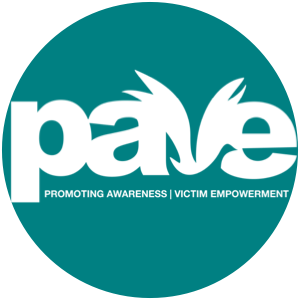Complementary and Alternative Medicine (CAM) for PTSD
Complementary and Alternative Medicine (CAM) describes a broad range of methods that are outside of typical Western medical practices. There are many reasons why some might look to this field instead of or in conjunction with Western approaches that consist of doctor-patient relations. Some reasons include a better fit with lifestyle, attraction to the CAM goal of healing rather than simply treating, dissatisfaction with Western medicine, and increased autonomy. These reasons help to explain the particular attraction to CAM in cases where survivors of sexual assault, intimate partner violence, or other traumatic experiences seek healing.
The National Center for Complementary and Alternative Medicine categorizes CAM into five groups: natural products, mind-body medicine, manipulative and body-based practices, other alternative practices, and whole medicine systems.
Here are some examples of practical CAM methods used for treating trauma:
Eleuthero, also known as Siberian ginseng, is a plant extract that can be used as an adaptogen. Adaptogens work by increasing the body’s resistance and offer a neutralizing effect on the nervous system. As a natural product CAM method, eleuthero specifically helps when the body undergoes the “fight, flight, or freeze response” onset by trauma or triggers that remind individuals of the traumatic event. Eleuthero is taken by herbal infusion, which is made by steeping the plant in hot water, or by tincture, where the extract is in an ethanol solution and applied in drops.
Acupuncture is hardly a new method of healing but has gained recent attraction due to its ability to heal the root of many physical and mental issues. As professionals, such as Dr. Bessel van der Kolk explain, trauma impacts more than just an individual’s emotions. Often, tension is held and manifested in the body, felt as pain or illness. Because of their interconnectedness, mind-body approaches such as acupuncture are especially effective in treating both the psychological and physical effects of PTSD. Additionally, acupuncture is especially attractive because it offers healing for survivors who may not yet be ready to discuss their traumatic experiences.
Similar to the release of emotions through acupuncture, chiropractic care is a manipulative and body-based practice that can help manage symptoms associated with trauma. Spine alignment helps release hormones that improve mood and reduce stress while increasing blood flow and relaxation. It also helps manage sleep problems, a common symptom that survivors often struggle with.
Movement therapies, like yoga, encourage a mind, body, and spirit connection in healing. Yoga helps individuals focus on their movement and breath while also allowing them the space to meditate and release emotions. A large aspect of yoga is remaining present, which helps can help ground individuals and teach them practices they can use every day. There are many trauma-informed yoga instructors who understand that some individuals may need to keep their eyes open, not be touched, or be in a specific placement in the room to feel safer. Allowing individuals to practice this modality in the way they are most comfortable allows for comfort and greater efficacy.
Traditional Chinese medicine is a whole medicine system that incorporates many CAM methods such as herbal medicine, acupuncture, moxibustion, cupping, and nutrition. There are many places that treat individuals with each of these techniques, or individuals may seek different places for specific methods to be used simultaneously.
CAM is appealing because you can use one or multiple methods, in addition to or without Western methods, such as medication or psychotherapy. This allows for a more holistic approach towards healing. Though there are limits, many survivors and their testimonials support and recommend CAM usage.
For those looking for a CAM health provider in your area or additional information on holistic healing, please visit www.survivors.org/survivors-1 and www.survivors.org/holistic-healing.
Sources:
https://www.ptsd.va.gov/publications/rq_docs/v23n2.pdf
https://ellwoodthompsons.com/blog/health-coach/herbal-support-for-grief-trauma-and-anxiety/
Van der Kolk, Bessel A. The Body Keeps the Score: Brain, Mind, and Body in the Healing of Trauma. New York, New York: Penguin Books, 2015. Print.
https://myartofwellness.com/how-to-treat-ptsd-with-acupuncture-and-tcm/
https://swannmedical.com/mental-health-benefits-chiropractic/
https://www.yogajournal.com/lifestyle/trauma-informed-yoga-for-healing/
https://patient.practicalpainmanagement.com/treatments/alternative/6-traditional-chinese-medicine-techniques
Written by Summer 2022 Intern Caroline Palermo
